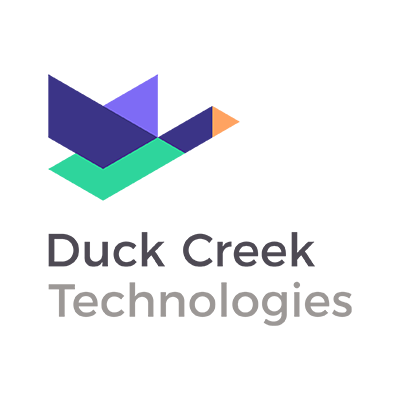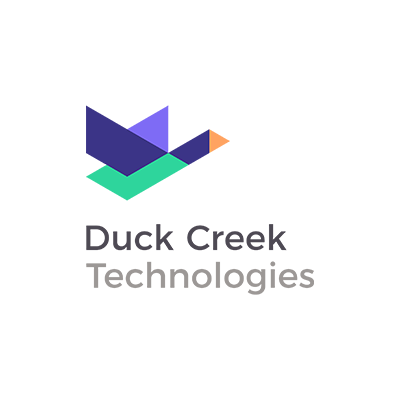The cost of reinsurance contracts is increasing. Contributing macro factors include political conflict, larger and more frequent natural disasters, supply chain constraints and inflation. Come renewal time, insurers are feeling the pinch in the pocket.
Controlling the financial impact of these macro factors is largely out of the hands of insurers. However, there are other contributing factors within their control that are also driving up reinsurance costs or restricting contract terms.
One of the biggest contributors to increased reinsurance costs or restricted contract terms is antiquated reinsurance management systems and methods. Despite advancements in insurance technology, many insurers still rely on manual processes, spreadsheets or outdated legacy systems to manage their reinsurance contracts.
This blog explores how these antiquated systems and methods can significantly add to an insurer’s overall cost burden, while limiting their ability to receive more favourable terms from their reinsurers.
Contributing to Higher Claims Leakage
Outdated methods are often passive in their operation – they rely on the inputs and actions of their human operators. Human error or oversight may, therefore, lead to overpaying claims settlements or not recovering all entitlements. This forces insurers to claim more than necessary on their reinsurance, which then shows up in the reinsurance cycle as future increases in reinsurance premiums.
Limiting Access to Useable and Meaningful Data and Insights
Due to their limited capabilities, using antiquated methods may result in insurers only having a partial or siloed view of all data available to them, such as accounting and financial or claims data. These methods may not have the capability to collect and record actionable intelligence, or, if the data can be collected, it may be hard to access or may not be available in an unusable format.
When it comes time to negotiate new reinsurance policies, the lack of useable and timely data and insights may put insurers in a weaker negotiating position. Reinsurers may assume that an insurer is a higher risk, increasing the premium or retention, and the insurer won’t have the data to disprove the assumptions.
Limiting Access to More Competitive Reinsurance Markets
Antiquated methods and systems also may not be able to handle the complexities and nuances of international markets, including their regulatory and financial requirements. This restricts insurers to local and existing reinsurance markets which may be less competitive.
Limiting Capacity to Use More Complex Treaty Structures
More complex treaty structures may provide better commercial terms, but antiquated systems and methods may not effectively handle their complexity. Outdated systems and methods handicap an insurer’s ability to take advantage of more complex treaty structures, thereby restricting the insurer to using simpler, and potentially less competitive, treaty structures.
There are already multiple macro influences, out of the control of insurers, driving up the cost of reinsurance — so insurers shouldn’t be contributing to higher costs and more restrictive contract terms further. Reinsurance management is within an insurer’s control. Yet, if reinsurance management systems are antiquated, they could be limiting the competitiveness of an insurer’s reinsurance contracts. They can potentially contribute to higher leakage and limit access to valuable insights, competitive markets and contract structures. Ultimately, continuing to rely on antiquated reinsurance systems can drive up reinsurance costs.
Modernise Your Reinsurance Management Software with Duck Creek
There is an alternative—modern, cloud-based reinsurance management solutions such as those offered by Duck Creek Technologies. Insurers could reasonably expect to negotiate more competitive reinsurance contracts thanks to the features and benefits of modern cloud technology that enables insurers to maximise recoverables and reduce claims leakage, improve processes for contract certainty, and increase operational efficiencies.






